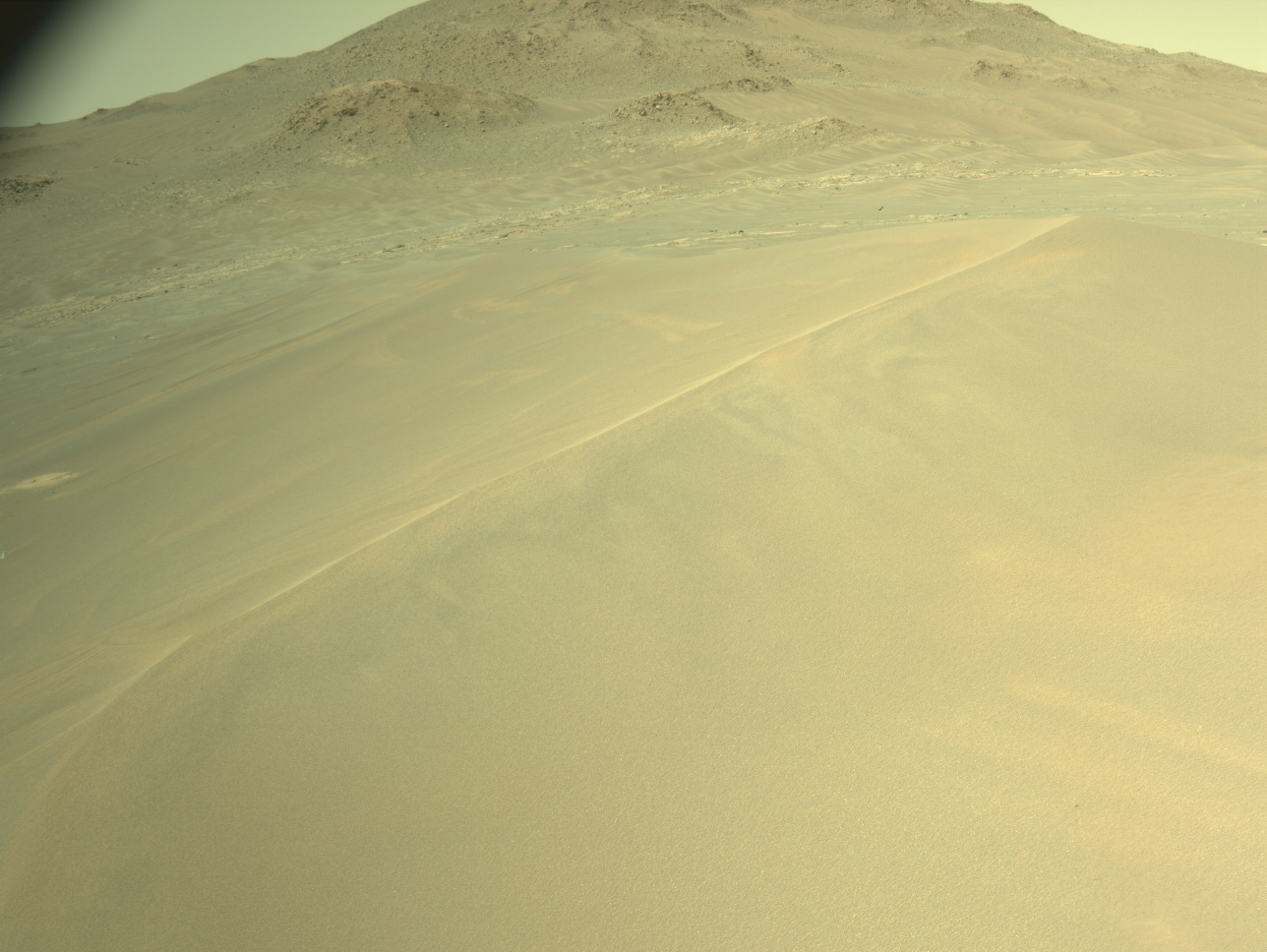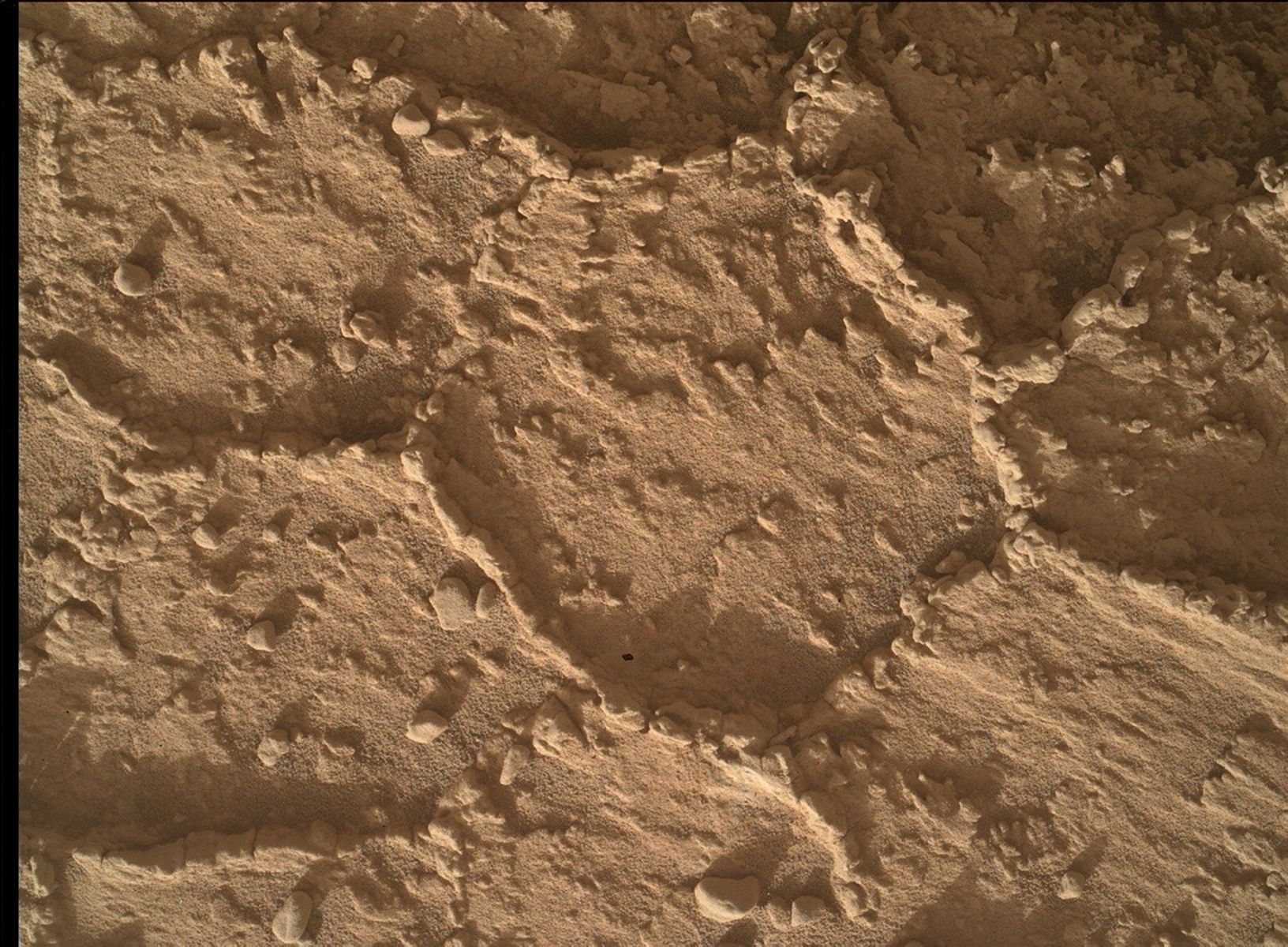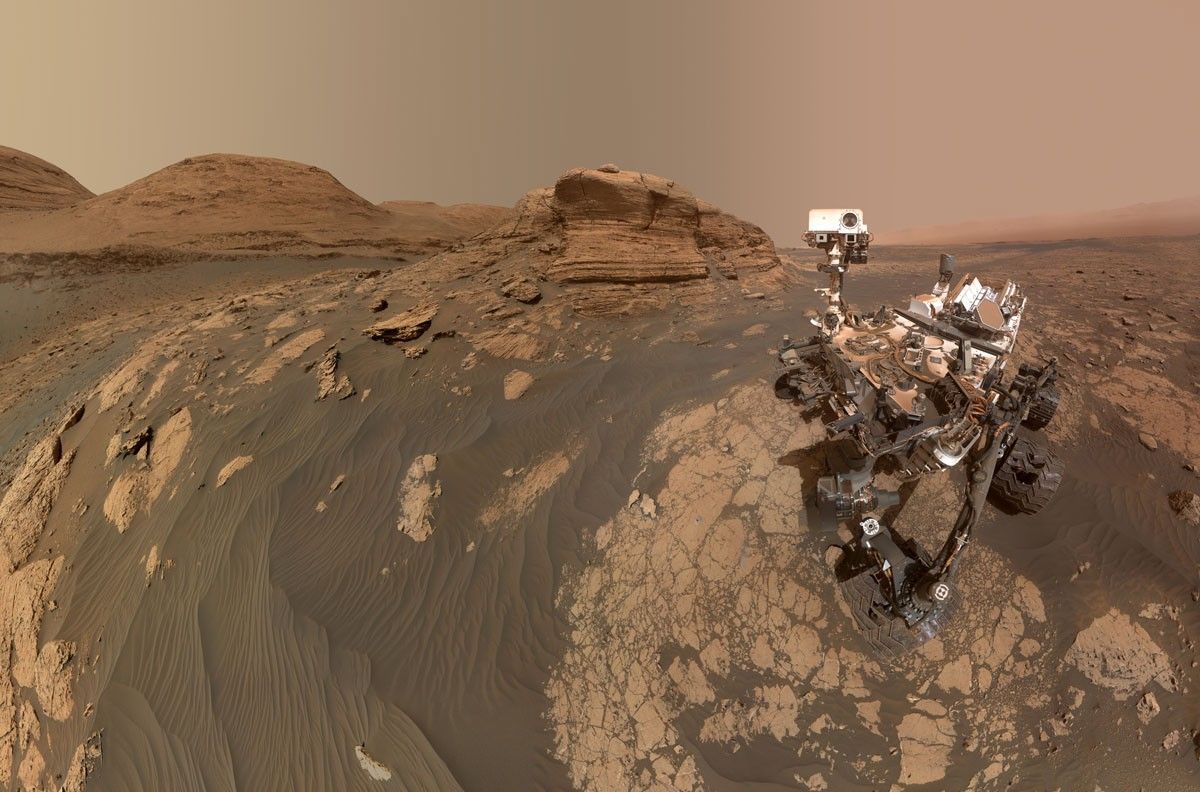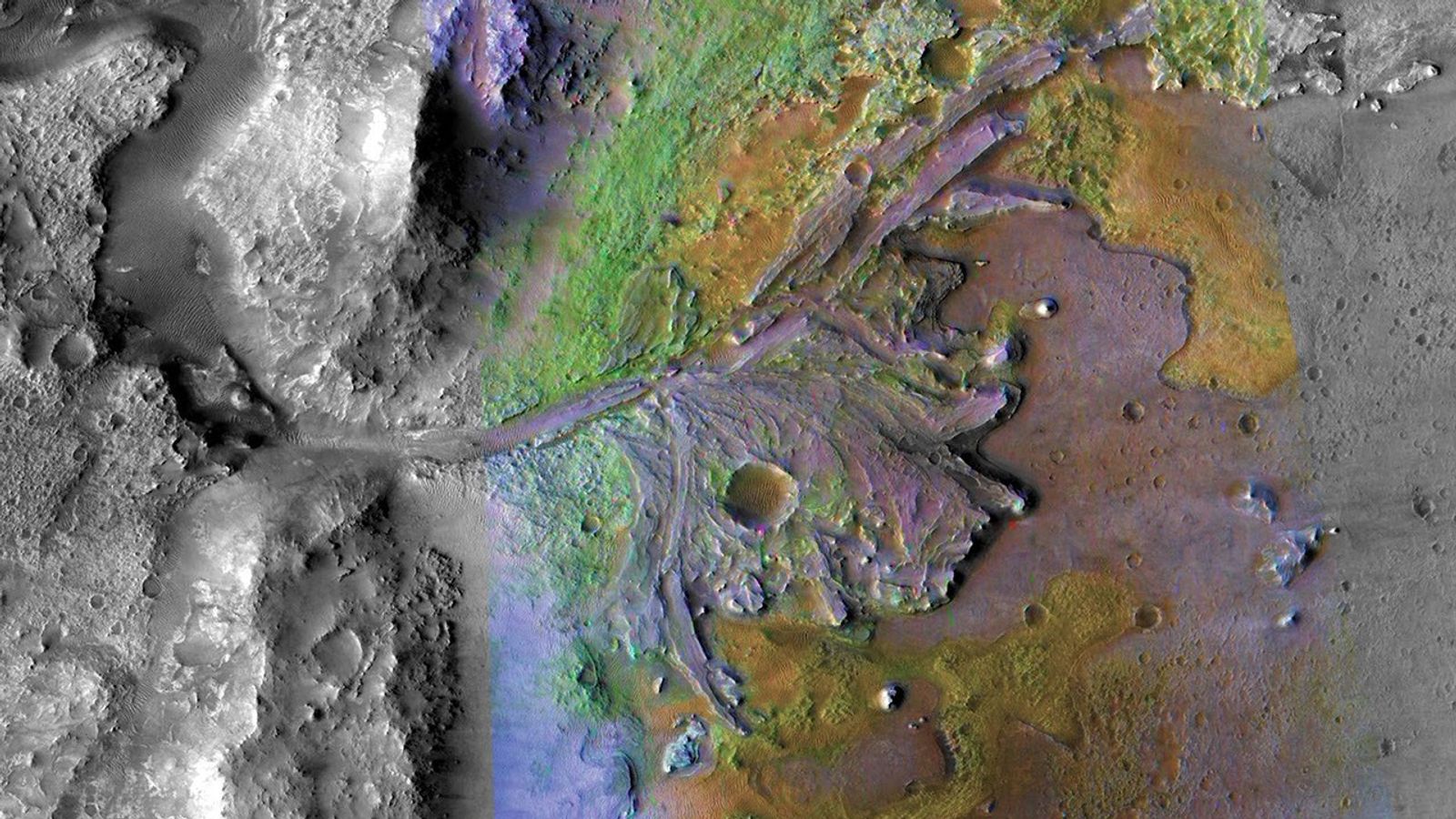Atmospheric temperature is a meteorological variable of daily concern to humans. Temperature also has a major impact on Perseverance mission operations (e.g. temperature sensors are distributed throughout the rover to monitor its thermal performance). In addition, temperature data are key to the mission’s scientific investigations of the atmosphere. The Mars Environmental Dynamics Analyzer (MEDA) instrument onboard Perseverance records the surface and atmospheric temperature at Jezero crater, Mars. But how does the temperature of Mars differ from that of Earth?
On Mars, the tenuous atmosphere and the absence of oceans make it hard for the planet to retain heat. As a result of the rapid heating and cooling that occurs on Mars, diurnal and seasonal cycles of insolation produce large temperature ranges in the surface and atmosphere. For example, surface temperature typically ranges from –83 Celsius pre-dawn to 5 Celsius at noon (between –83 Celsius and -23 Celsius for air temperature). Can you think of any 90-degree contrast between day and night on Earth?
The MEDA instrument measures near-surface temperatures around the clock and at different altitudes using a combination of thermocouple sensors and a thermal infrared radiometer pointing up to the sky and down to the ground. This data is of interest since strong vertical temperature differences develop near the ground causing intense vertical motions of air during daytime. Because of this turbulence, the unstable layer of the atmosphere extends much higher on Mars than on Earth (10 km vs. 2 km), with implications for the vertical transport of heat, momentum, dust, water and a variety of chemical tracers. One example is dust lifting by convective vortices that can extend unusually high in the atmosphere of Mars (see image).
MEDA temperature data are intended to characterize atmospheric processes on a variety of temporal and spatial scales as never before, and have already proven useful in this sense. Additionally, as the rover travels across the Jezero fan, we expect the topography to cause changes in the local meteorology. May the fun be with us!
Written by Asier Munguira, Ph.D. Student at University of the Basque Country































